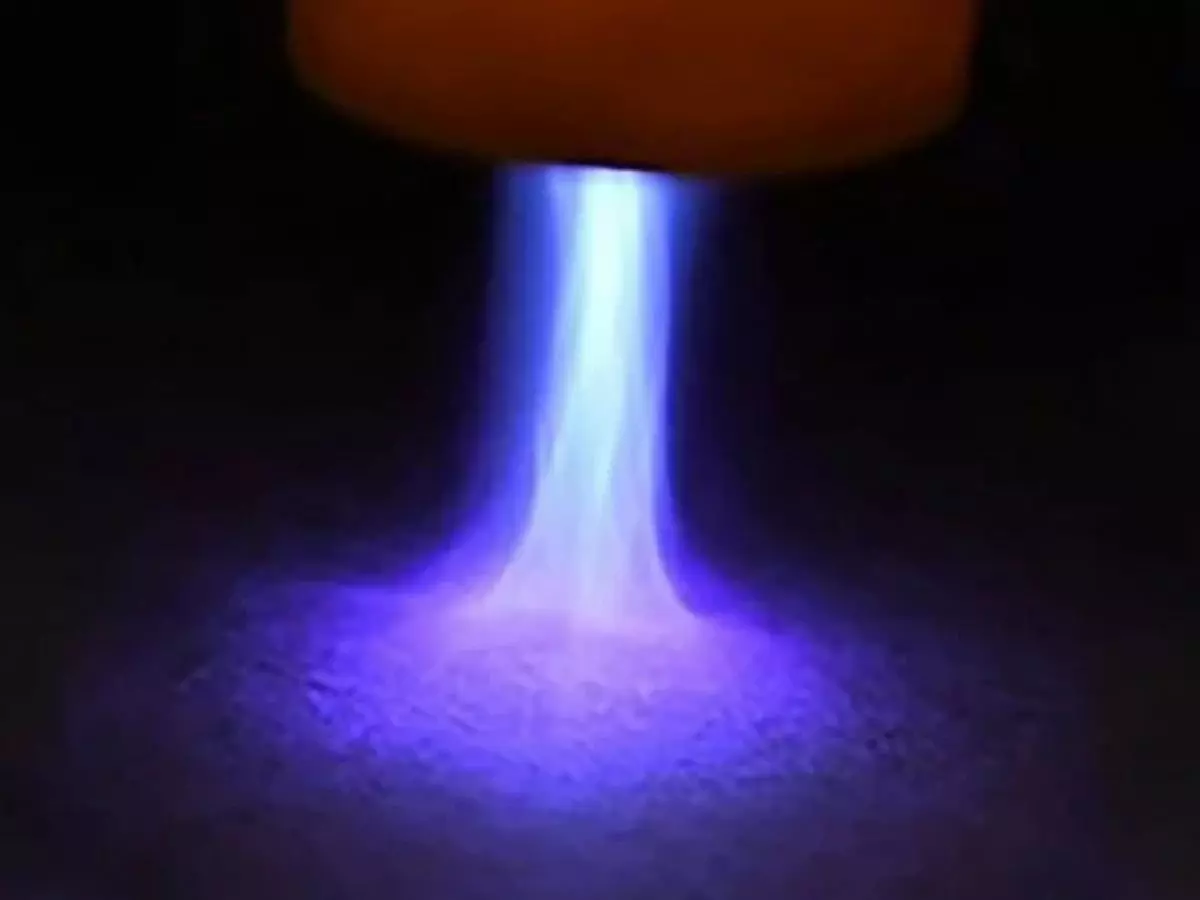Plasma Beam Destroys Coronavirus On Surfaces In Seconds, Claim Researchers
Researchers at the University of California have discovered that plasma could help be the solution to kill the novel coronavirus from surfaces in a matter of seconds.

Ever since COVID-19 has made our lives hell, we have all been extremely cautious -- whether ití»s eating food outside, meeting people who are even close to us or touching surfaces and making sure our hands are washed at regular intervals appropriately.
 Reuters
Reuters
The battle of í«touch-me-notí» with unknown surfaces, however, is the most irritating and at times, and even though some surfaces can be sanitised using cleansing liquids and sanitisers, cleaning most of the surfaces that way isní»t feasible. However, it looks like there might be a way after all.
Researchers at the University of California have discovered that plasma could help be the solution to kill the novel coronavirus from surfaces in a matter of seconds. Researchers looked at treatment with argon-fed cold atmospheric plasma on surfaces infected with the COVID-causing SARS CoV-2 -- surfaces like plastic, metal, cardboard and leather used in making basketball, football and baseball.
The device is made using a3D printer and consists of electrodes, a chamber to hold argon gas as well as a high-voltage power source. Blasting the plasma on the contaminated metal showed the novel coronavirus getting destroyed in just 30 seconds.
Surfaces like plastic and leather football took around 30 to 60 seconds. Cardboard and basketball leather took more than 60 seconds to show the inactivation of COVID-19 from the surfaces. Similar results were also seen in face masks made using a cotton cloth.
 American Institute of Physics
American Institute of Physics
The authors said in a statement, 'Plasma is one of the four basic states of matter and can be created by heating a neutral gas or subjecting it to a strong electromagnetic field. A relatively new technology, cold atmospheric plasma is an ionized, near-room-temperature gas that has proven effective in cancer treatments, wound healing, dentistry, and other medical applications.í▒
Richard E. Wirz, the lead author of the study, says, í░This is only the beginning. We are very confident and have very high expectations for plasma in future work. In the future, a lot of answers for the scientific community will come from plasma.í▒
